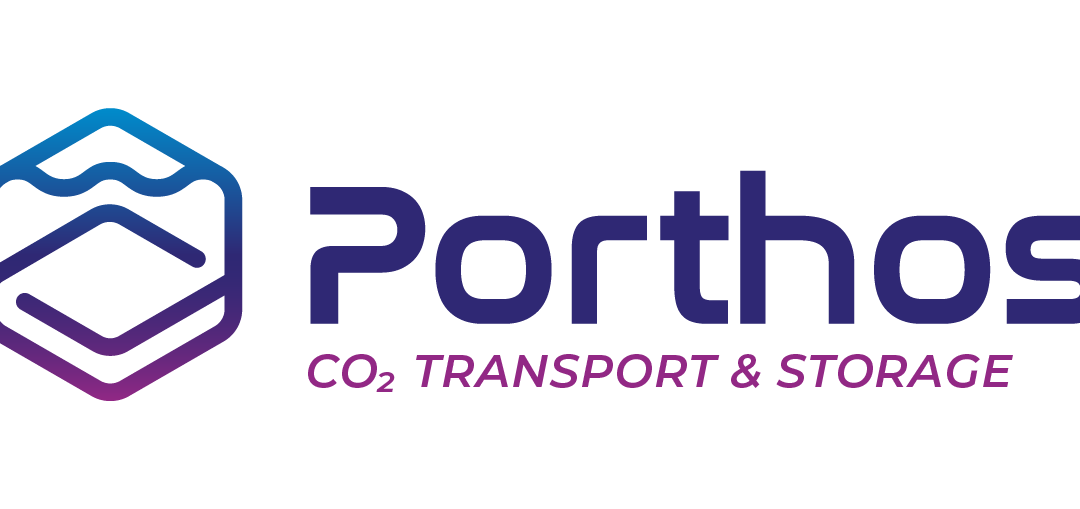The Dutch government has awarded almost half of its 2021 annual budget for sustainable projects to what will be one of the largest carbon capture and storage (CCS) projects in the world – Porthos.
According to a statement made by the Dutch State Secretary for Economic Affairs Dilan Yeşilgöz-Zegerius, the government confirmed it awarded 2.1 billion euros ($2.56 billion) to the Porthos project. It is aimed at capturing and storing carbon emissions from Rotterdam Port.
The Porthos project, being developed by an industrial consortium that includes Shell, ExxonMobil, Air Liquide and Air Products, aims to collect emissions from factories and refineries and store them in empty gas fields in the North Sea.
The money will be provided by the SDE ++ subsidy fund that has until now been mainly used for subsidising the creation of sustainable energy from the sun and wind.
The quartet has applied for the SDE ++ funds for the project back in January 2020. At the time, they applied for a total of €2 billion in funds.
In May, reports from Dutch news outlet NOS and a statement from Port of Rotterdam spokesman Sjaak Poppe given to Reuters suggested that the Porthos project will be awarded $2.4 billion in subsidies. This latest statement just formalises these reports and puts a firm and even larger number next to the project.
The Netherlands is one of the countries with the highest emissions of greenhouse gasses per capita in Europe. It is working on its plan to lower emissions by 55 per cent relative to 1990 levels by 2030. Last year, emissions were down 24.5 per cent from 1990 levels.
Porthos, set to become operational in 2024, is expected to reduce emissions in the industrial cluster around the Port of Rotterdam by around 10 per cent.
The Port of Rotterdam Transport Hub and Offshore Storage project, or Porthos for short, will be able to store an annual amount of 2.5 million tonnes of CO2 from the industry beneath the North Sea. It is expected that Porthos will be able to store some 37 million tonnes of CO2 over 15 years.
Also, the Dutch Climate Agreement, agreed to some two years ago, already includes CCS and the government believes that its 2030 target can’t be reached without it.
Yeşilgöz-Zegerius said on Tuesday: “The subsidy for the development of the Porthos project stands out to me. This will be the first large-scale CCS project in the EU. A great first that also makes an important contribution to the climate goals”.
Apart from the funds for Porthos, SDE++ funds were, as in previous years, awarded to solar energy projects – over 3,400 of them. Of that number, 97 per cent will be realised on rooftops.
The remaining funds of the 4.6-billion-euro budget were awarded to technologies using residual heat, projects that encourage the use of heat pumps and electric boilers.
“I am delighted that we can award grants to almost 3,500 sustainable and cost-effective projects. This is not only essential for our climate goals but also to keep the transition affordable.
“It is also positive that we support more than 3,300 sun-on-roof projects with subsidy, so that we make optimal use of the scarce space in the Netherlands and that companies and organizations can contribute to the energy transition with their own roof“, Yeşilgöz-Zegerius added.
While at the topic of emissions and renewables, a court in the Netherlands last month ordered Shell – a member of the Porthos project – to reduce its global emissions by 45 per cent by 2030, rather than the 20 per cent it was targeting, a decision Shell is appealing.
Source: Offshore Energy






